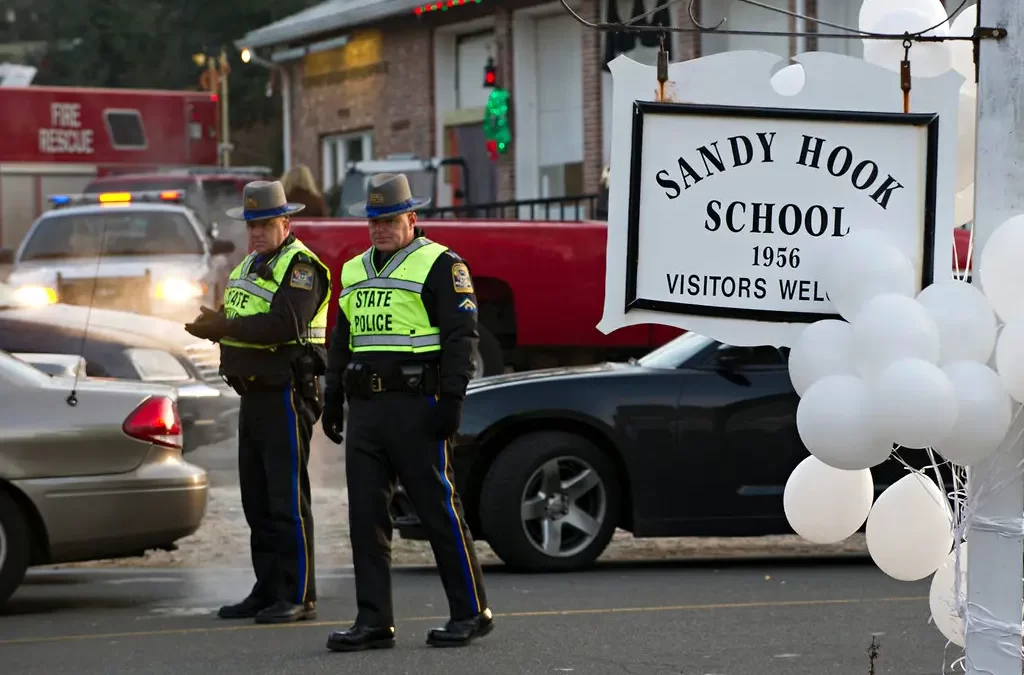With all the news of the election we have failed to adequately remember the tragedy that occurred at Sandy Hook. The COVID pandemic has kept students out of the classroom for the most part so the pressure to examine physical security needs has diminished. Needless to say we are still in a period that requires attention to protecting children in the classroom. Over the years we have failed to look at lessons learned from past events and truly make changes that will save lives. The two factors that will always make a difference are quick notification to emergency responders and immediate alert to building occupants to protect themselves.
Back in 1983 there was a school shooting in the Parkway School District in St. Louis County, Missouri. The aftermath of the attack resulted in changes to the security culture across the district. County deputies were assigned to the schools, two way radios were purchased for administrators, cameras were placed on the entry ways with monitors in the front office and policies were put in place to require teachers to lock and secure exterior doors during school hours. Interestingly, this has been the same approach we have used for close to four decades now. Granted the access control systems, improved SRO training, and high-definition cameras have gotten better. Unfortunately, we keep doing the same thing hoping for different results.
We need to start looking at the things that will truly make a difference for expenditures. The DHS Stop the Bleed Program has changed the way we approach life extending trauma care. Teachers need to have trauma kits in the classroom. Numerous lives could have been saved and have been saved with these in place (Saugus High School shooting). Second, notification should go directly to police and building occupants as well. We don’t use apps and computers for fire emergencies so we certainly shouldn’t rely on them for active shooter events. Fine motor skills and critical thinking are the first two things to diminish in high stress situations so the more simple the activation the better. The FBI & Secret Service studies show us that the vast majority of perpetrators are students inside the building. Access control and surveillance do little to thwart this type of attack. If you have limited resources for security the money should be spent on saving lives first and then look at making people feel more secure.
The best thing you can do is inform someone that they are under threat. They can then take active steps to protect themselves and those in their care. The second thing is to assure them that help is already on the way. It works for fire emergencies and we should apply the same principle to hostile intruders.

